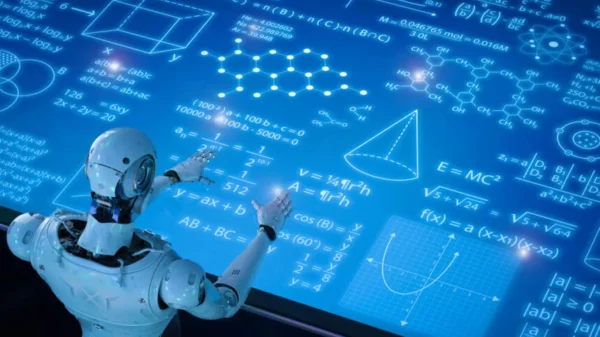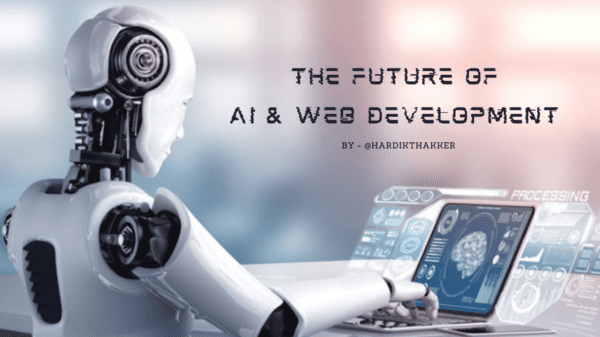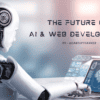We are used to technology at work and at home. Increasingly, new technologies are becoming part of new areas of our lives. Now, perhaps surprisingly, train stations are turning in to a critical testing ground for a variety of Artificial Intelligence (AI) based solutions.
5G the new generation of superfast mobile cellular data connections, and AI, are deeply interconnected. In the very near future, most AI solutions which operate out in the ‘real world’ (beyond the bounds of WiFi connectivity) will use a 5G mobile data connection and cloud-based services. It’s actually the combination of these two things which is allowing AI to travel by train.
Examples of train stations and AI
AI and 5G are already driving trains, identifying police suspects, helping less able passengers travel the length of their journey and even helping architects design the very train stations you walk through.
AI is driving autonomous trains: As early as this year, based on pioneering work by an Australian firm in Newcastle, and a Silicon Valley joint venture partner, trains could start to act autonomously. The focus of AI in this case, implemented in trains, is on reducing accidents caused as a result of driver fatigue and boredom.
The manufacturers of this AI / 5G solution, 4Tel, quoted by the National broadcaster, ABC in the article “artificial intelligence help solve our train and transport woes” are at pains to point out they are there to assist the driver (and passengers) not replace them. The benefits of AI in this context are tangible. Improvements in safety, after all, also reduce one of the most impactful elements of public transport, disruptions and delays to timetables, something which is close to the heart of every commuter.
Police identifying the nefarious: Train stations are notoriously busy places, they represent ‘choke points’ for large groups of people. The police in China using Facial-Recognition Glasses to Surveillance Arsenal. An AI prototype facial recognition system is being used to identify criminals and improve public safety. At least, that’s the government’s line.
Amnesty International have some concerns about the degree to which the tool will be used ‘fairly’, given China’s questionable history on human rights. Images collected by the glasses are currently sent, using a 4G data signal to the cloud, where they are compared against individuals the police want to speak to. In the future, it will be possible to image match every face that walks near a police officer, using 5G and it’s greater throughput.
Disabled travelling solutions: Disabled people can’t always use public transport for an end to end journey. Depending on their particular abilities, some or most stations could be off limits. The ramifications to the people involved can obviously be significant. The ability to travel independently, on your own terms, can decide where you can work, where you get educated and how often you can interact with loved ones. Artificial intelligence is being used to address this problem, too.
An app has been designed for People Living with Disability which ties together public transport ‘dead ends’ according to the unique abilities of the people who want to travel. Any gaps are filled with alternatives to public transport like Uber. Behind the simple to use interface, Machine Learning tackles the complexity presented by this optimization problem, and reduces the effort involved in working around the issue.
Train station planning: The effectiveness of a train station can be thought of as a different kind of optimization problem. The best train station is designed through a process of trade-offs between factors like footfall capacity planning, safety and journeys delivered. Artificial intelligence help solve our train and transport woes.
A number of AI-based applications are now competing to find the best algorithm to use in the design of future stations, based on how effectively these variables are offset by stations which are already in existence around the world. The next time you walk through a new station design or upgrade, your path and timetable could well have been designed by an AI system.
Summing up 5G, AI and Train Stations
The fact that train stations are such a hotbed of innovation is as much an example of the pervasive effects of AI, 5G, and a demonstration of the myriad ways in which they will filter through every area of our lives from public transport to business and beyond.
Most estimates suggest that AI will have a 15%-30% productivity enhancement effect across the economy, around the globe, and that this will happen in the next decade or so. If the efficiency of train stations, journeys and the trains themselves can be improved so much, even now, it’s hard to see how these estimates are not, if anything, conservative.
Having worked in 3 countries for 4 telcos advising on Social Media issues, Neil is in a position to give you the inside track.

























































































































































































